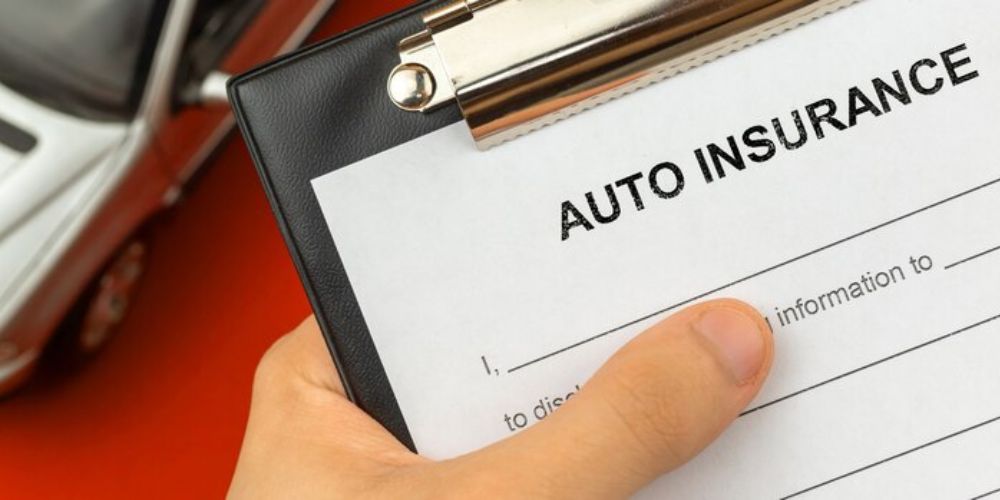How to Choose the Best Auto Insurance: Plans and Coverage

Auto insurance can feel confusing, especially with so many plans and coverage options available. If you’re unsure about what’s right for you, you’re not alone. Auto insurance isn’t just a requirement; it serves as your financial safety net in case of accidents or damage to your vehicle.
From liability coverage to comprehensive protection, each plan offers different levels of security for your car, passengers, and others on the road. Choosing the best option involves understanding your specific needs, setting a budget, and assessing the risks you want to cover.
This guide aims to simplify auto insurance by breaking down the different plans and coverage options, helping you confidently make an informed decision.
What Is Auto Insurance?
Auto insurance provides financial protection for accidents, theft, or damage to your vehicle. It covers repair costs, medical expenses, and liability for injuries or property damage to others, offering peace of mind while driving.
Liability insurance pays for damages to others if you are responsible for an accident. Collision and comprehensive coverage address damage to your vehicle. Additional coverages include personal injury protection and uninsured motorist coverage. Most states mandate auto insurance to ensure drivers can cover potential damages or medical costs from accidents.
Also Read: Auto Insurance 101
What Is Comprehensive Auto Insurance?
Comprehensive car insurance provides coverage for damage to your vehicle caused by incidents other than collisions. This can include theft, vandalism, natural disasters, falling objects, and animal collisions. It provides financial protection when your car is destroyed due to uncontrollable factors.
Comprehensive coverage generally applies to damages not caused by a crash and supplements other types of coverage, such as collision insurance. While comprehensive insurance is not legally required, it is highly encouraged for new or higher-end vehicles to ensure that you are covered in many different scenarios. Deductibles and policy limits may apply depending on your specific policy terms.
Liability Coverage:
Comprehensive insurance does not cover bodily injury or property damage to other people caused by your negligence. This is typically covered by liability coverage, which pays for bodily injury and property damage you cause to others while driving your vehicle.
Bodily Injury (BI):
Comprehensive insurance does not cover injuries to other people in accidents you cause. Bodily Injury (BI) coverage is designed to pay for costs related to injury or death to pedestrians or people in another car. It may also cover your passengers’ injury costs if they aren’t members of your household.
Property Damage (PD):
Comprehensive coverage doesn’t cover damage to another person’s property. Property Damage (PD) coverage helps pay for damage to another person’s car or property, such as fences, buildings, utility poles, signs, and trees, caused by your vehicle.
Uninsured/Underinsured Motorist Coverage (UM/UIM):
Comprehensive insurance does not cover your injuries or damages caused by drivers without sufficient insurance or insurance. Uninsured/Underinsured Motorist (UM/UIM) coverage helps pay for medical expenses and repairs if the at-fault driver has little or no insurance.
State Requirements:
While comprehensive insurance is not legally required, ensuring full protection is recommended. Some states may require specific liability limits, such as Illinois, which mandates liability limits for bodily injury and property damage.
Source URL: https://idoi.illinois.gov/consumers/consumerinsurance/auto-insurance-shopping-guide.html
How to Choose the Best Auto Insurance

Finding the best auto insurance isn’t just about picking the cheapest option it’s about making sure you’re fully covered for your unique needs. It’s also about the experience you get, from customer service to claim handling. Here’s how you can choose the right policy for peace of mind.
Understand What You Need
Think about your situation. Is your car brand-new or older? How often do you drive? What’s your budget? These factors help you decide if you need just liability coverage or something more, like comprehensive or personal injury protection. Matching your coverage to your risks is the first step in making the right decision.
Compare Insurance Quotes
Don’t settle for the first quote you get. Take time to shop around and compare options. Look beyond just the premium—check the coverage details, deductibles, and reviews from other customers. The goal is to find a policy that fits your budget and provides reliable protection, not just the lowest price tag.
Consider Customer Service and Claims Process
While selecting an insurer, give a thumbs up to companies with responsive support, clear communication, and a streamlined claims process. A reliable insurance company ensures you are better positioned to file claims quickly and easily without distractions in a stressful situation.
Prioritize Customer Service and Claims Process
Choose an insurance company with responsive support and an easy claims process. A good provider ensures you get help quickly when things go wrong, so you’re not left feeling frustrated during an already stressful time.
Also Read: 5 Things You Must Consider Before Buying Car Insurance
Conclusion
Choosing the right auto insurance is essential for your safety and financial security. With the wide range of coverage options available, it’s important to assess your specific needs, compare quotes, and prioritize customer service. Abe GT Associates helps you with exactly that and more to help you make an informed decision, avoid unnecessary risks, and ensure your protection on the road.
Explore different coverage options with our experts at Abe GT Associates, who can guide you through the process and tailor a plan that works for you. Drive with confidence and the right protection.



